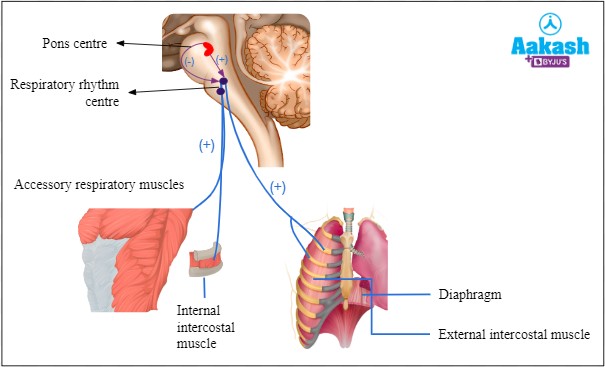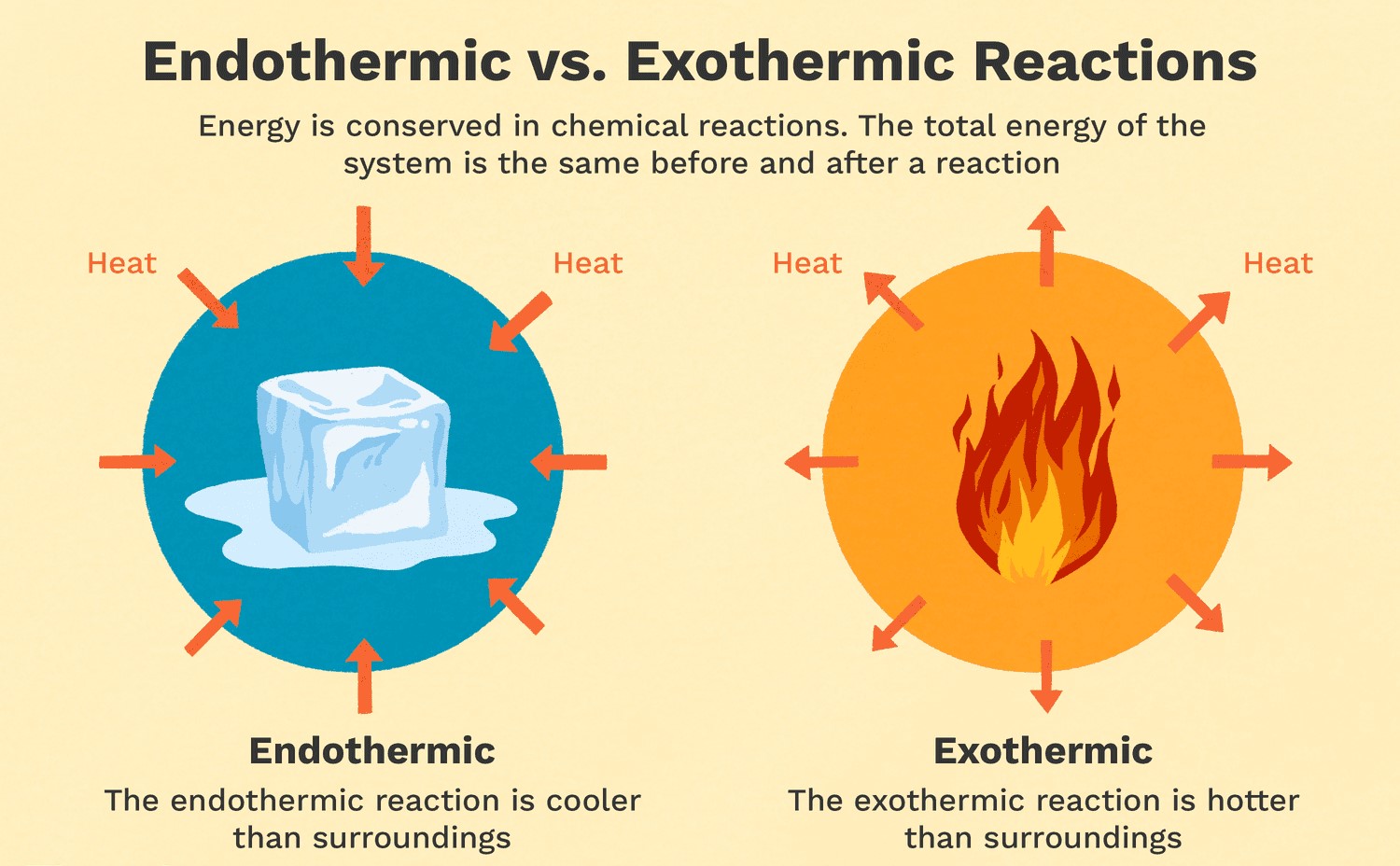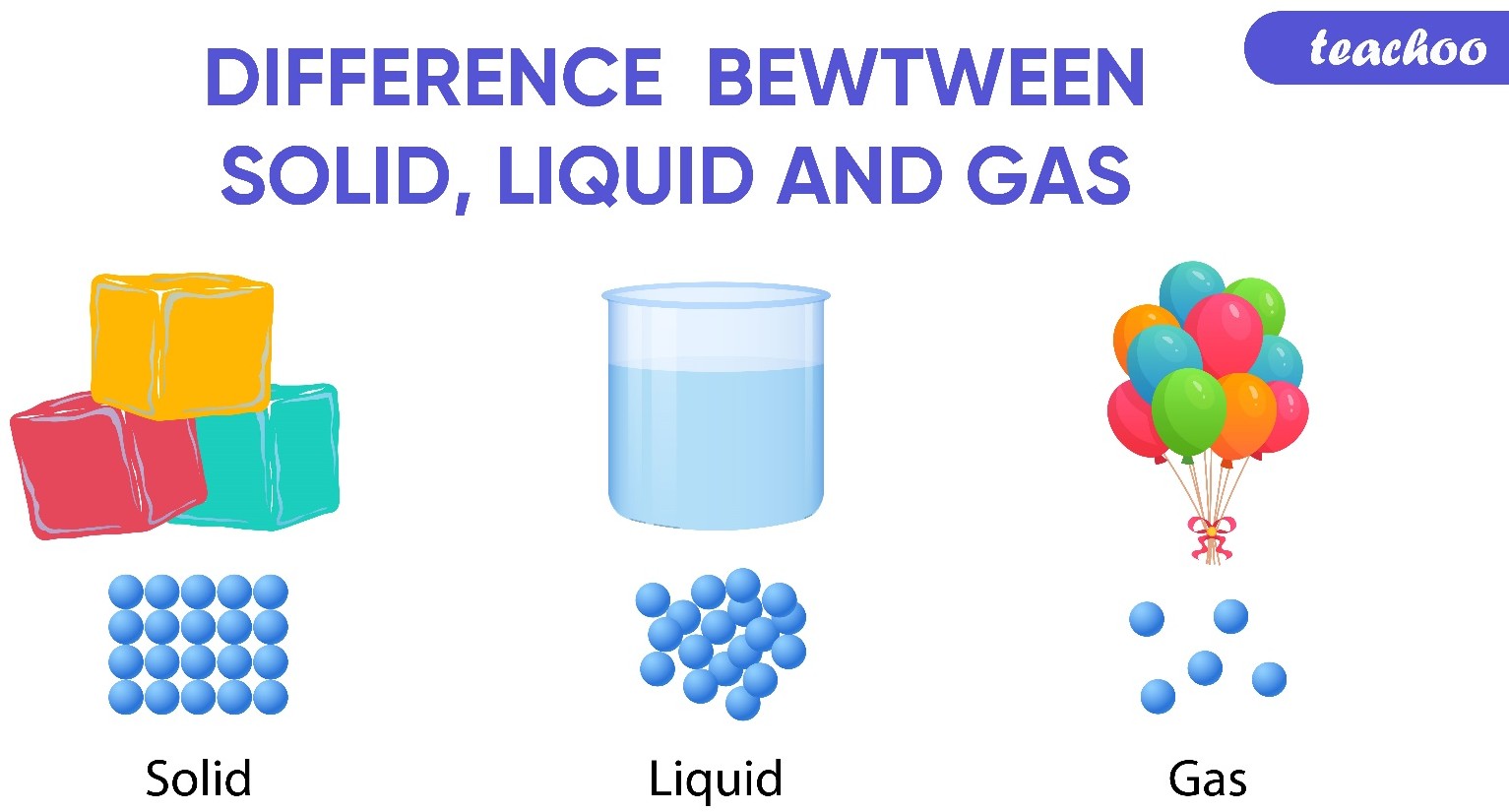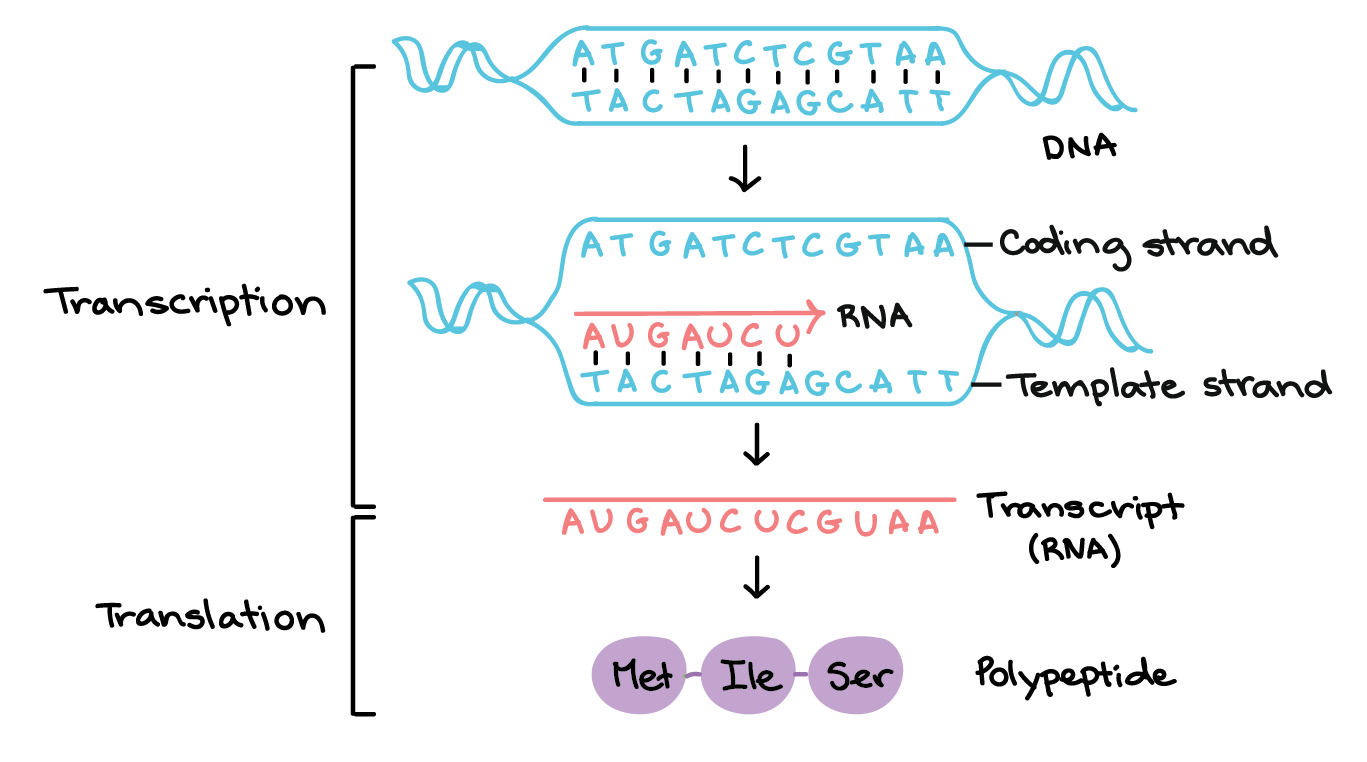Which part of the respiratory system is responsible for regulating breathing rate and depth?
Bronchi
Alveoli
Diaphragm
Trachea
Correct Answer : C
The diaphragm is responsible for regulating breathing rate and depth. It is a dome-shaped muscle located at the bottom of the chest cavity that contracts and relaxes to help move air in and out of the lungs.

TEAS 7 Exam Quiz Bank
HESI A2 Exam Quiz Bank
Find More Questions 📚
Teas 7 Questions: We got the latest updated TEAS 7 questions
100% Money Refund: 100% money back guarantee if you take our full
assessment pass with 80% and fail the actual exam.
Live Tutoring: Fully customized live tutoring lessons.
Guaranteed A Grade: All students who use our services pass with 90%
guarantee.
Related Questions
Correct Answer is B
Explanation
Exothermic reactions are reactions that release energy in the form of heat, light, or sound. Burning wood is an example of an exothermic reaction because it releases heat and light. As the wood reacts with oxygen in the air, it undergoes a combustion reaction that releases energy in the form of heat and light. Melting ice is an endothermic reaction because it requires energy input to melt the solid ice into liquid water. Cooking an egg is a chemical reaction that involves denaturing the proteins in the egg, but it is not necessarily exothermic or endothermic. Dissolving sugar in water is also not an example of an exothermic reaction because it does not release energy in the form of heat, light, or sound.

Correct Answer is D
Explanation
When measuring liquid volume in a graduated measuring cup, you should always read the measurement at the bottom of the meniscus (the lowest point of the curved surface).
Given Information:
- The top of the liquid aligns with the 50 mL mark.
- The bottom of the meniscus aligns with the 40 mL mark.
Since the correct measurement is taken from the bottom of the meniscus, the volume of the liquid is 40 mL.
Correct Answer is A
Explanation
The main difference between a solid and a liquid is their physical state and the way their particles are arranged. In a solid, the particles are tightly packed together and have a fixed position, which gives the solid a definite shape and volume. Solids are also characterized by their high density, low compressibility, and high thermal conductivity.
In contrast, the particles in a liquid are more loosely packed and can move around each other, which allows the liquid to take the shape of its container. Liquids have a definite volume but no fixed shape, which means they can be poured or spilled. Liquids also have a lower density than solids, are more compressible than solids, and have lower thermal conductivity than solids.
Option b) is incorrect because it describes the properties of a gas, not a liquid. Option c) is incorrect because solids and liquids have different physical properties. Option d) is incorrect because it describes the properties of a gas, not a liquid or a solid.
 |
Correct Answer is C
Explanation
- The number of protons in an atom is equal to its atomic number.
- The periodic table shows that phosphorus (P) has an atomic number of 15.
- This means every phosphorus atom has 15 protons in its nucleus.
Analysis of Other Options:
- A. 30 → This is close to the atomic mass (30.97), but the atomic mass is not the same as the number of protons. ❌
- B. 16 → This is incorrect; sulfur (S) has an atomic number of 16, not phosphorus. ❌
- D. 31 → This is rounded from the atomic mass (30.97), but atomic mass ≠ number of protons. ❌
Correct Answer is B
Explanation
- Lithium (Li) is a metal from Group 1 (alkali metals) on the periodic table.
- Bromine (Br) is a nonmetal from Group 17 (halogens).
- When a metal reacts with a nonmetal, an ionic bond forms, resulting in an ionic compound.
- Lithium donates one electron to bromine, forming Li⁺ (cation) and Br⁻ (anion), which attract each other to form LiBr (Lithium Bromide).
Analysis of Other Options:
- A. Coordinate compound → Involves a metal ion bonded to a ligand via coordinate (dative) bonds, not relevant here. ❌
- C. Organic compound → Organic compounds contain carbon, but LiBr does not. ❌
- D. Covalent compound → Covalent bonds occur between two nonmetals, but lithium is a metal. ❌
Correct Answer is A
Explanation
The kidneys secrete a number of hormones, which are important for normal functioning of the body.
If blood pressure falls, renin is secreted by the kidneys to constrict the small blood vessels, thereby increasing blood pressure. If the kidneys aren’t functioning correctly, too much renin can be produced, increasing blood pressure and sometimes resulting in hypertension (high blood pressure). This is why a number of people with kidney diseases also have high blood pressure.
Correct Answer is B
Explanation
The mitral valve is located between the left atrium and left ventricle of the heart and helps to regulate the flow of blood between these chambers. It consists of two leaflets or flaps that open and close in response to changes in pressure as the heart beats.
During diastole, when the heart is relaxed and filling with blood, the mitral valve opens to allow blood to flow from the left atrium into the left ventricle. During systole, when the heart contracts to pump blood out of the left ventricle and into the systemic circulation, the mitral valve closes to prevent backflow of blood into the left atrium.
The mitral valve is one of four valves in the heart that help to ensure the unidirectional flow of blood through the heart and the rest of the circulatory system. Problems with the mitral valve, such as mitral valve prolapse or mitral stenosis, can lead to a range of symptoms and complications, including shortness of breath, fatigue, chest pain, and heart failure.

Correct Answer is B
Explanation
Transcription is the process by which DNA is copied into RNA. During transcription, the DNA molecule unwinds and RNA polymerase reads the DNA sequence and synthesizes a complementary RNA molecule using the DNA as a template.

Correct Answer is D
Explanation
A double-blind study is a research design in which neither the participants nor the researchers know which group participants are assigned to. This is done to minimize bias and ensure that the results of the study are as objective as possible. In a double-blind study, the treatment and control groups are randomly assigned, and the participants and researchers are unaware of which group each participant is assigned to.
Option a) is an example of a randomized controlled trial, which is a common research design, but it is not necessarily double-blind.
Option b) is an example of an open-label study, in which both the participants and the researchers know which group each participant is assigned to.
Option c) is an example of a single-blind study, in which the participants do not know which group they are assigned to, but the researchers do.

Correct Answer is C
Explanation
- The image shown is a highly detailed 3D surface view of a blood clot, which suggests that it was captured using a scanning electron microscope (SEM).
- SEM produces high-resolution, three-dimensional images by scanning a sample with a focused beam of electrons, making it ideal for studying surface structures like blood cells and clots.
Analysis of Other Options:
- A. Compound Light Microscope → Uses visible light to magnify samples but lacks the resolution and 3D detail seen in the image. ❌
- B. Transmission Electron Microscope (TEM) → Produces 2D images of ultra-thin sections, not detailed 3D surface views. ❌
- D. Stereoscope → A low-magnification microscope used for viewing larger objects, not detailed cellular structures. ❌
This question was extracted from the actual TEAS Exam. Ace your TEAS exam with the actual TEAS 7 questions, Start your journey with us today
Visit Naxlex, the Most Trusted TEAS TEST Platform With Guaranteed Pass of 90%.
Money back guarantee if you use our service and fail the actual exam. Option of personalised live tutor on your area of weakness.
